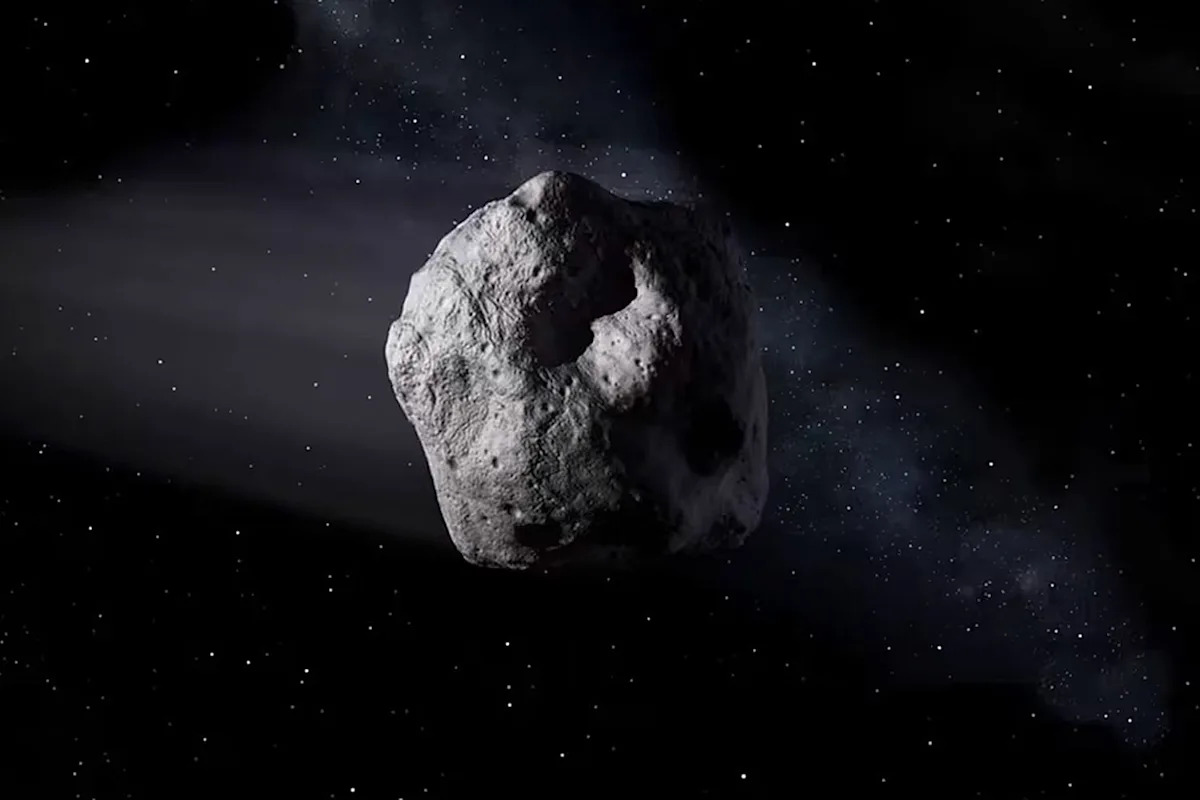NEED TO KNOW
A new “quasi-moon” named 2025 PN7 has been discovered, according to a newly-released paper
Scientists out of a Hawaii observatory reportedly discovered the new quasi-moon on Aug. 29
It is believed that the new moon will stick around for another 60 years
A new “quasi-moon” has been found near Earth, but it won’t stick around for long.
The asteroid, named 2025 PN7, will join Earth in orbit until 2083, according to a paper published last month in IOP Science.
Scientists out of the Pan-STARRs observatory in Hawaii discovered the new quasi-moon on Aug. 29, according to CNN and ABC News. It is believed that PN7 has been a quasi-moon for an estimated 60 years.
Carlos de la Fuentes, astronomer at the Complutense University of Madrid, who co-authored the study, said there were “no real hints about its origins, only speculations,” according to USA Today.
Earth’s quasi-moons are not actually moons, but asteroids, according to The Planetary Society. They are only temporary, and will eventually leave Earth’s orbit.
There are six other known quasi-satellites near the planet, according to astrophysicists with Northeastern University. PN7 is the seventh.
Northeastern University astrophysicist Jonathan Blazek said the new quasi-moon is “roughly the size of a small office building,” according to Northeastern Global News. The moon, he added, is “about a quadrillion times more massive.”
“In the long term, the orbits will drift, and the quasi-moons will move away,” Blazek said.
Never miss a story — sign up for PEOPLE’s free daily newsletter to stay up-to-date on the best of what PEOPLE has to offer, from celebrity news to compelling human interest stories.
Quasi-moons get their name because they appear to be orbiting the Earth from a certain standpoint, but that is not the case, according to The Planetary Society.
These space objects are difficult to see unless using a large telescope, Blazek told Northeastern Global News.
It is also “far too small to have a measurable effect on the Earth’s tides or anything else,” added Northeastern University assistant professor Jacqueline McCleary, an observational cosmologist.
Read the original article on People

